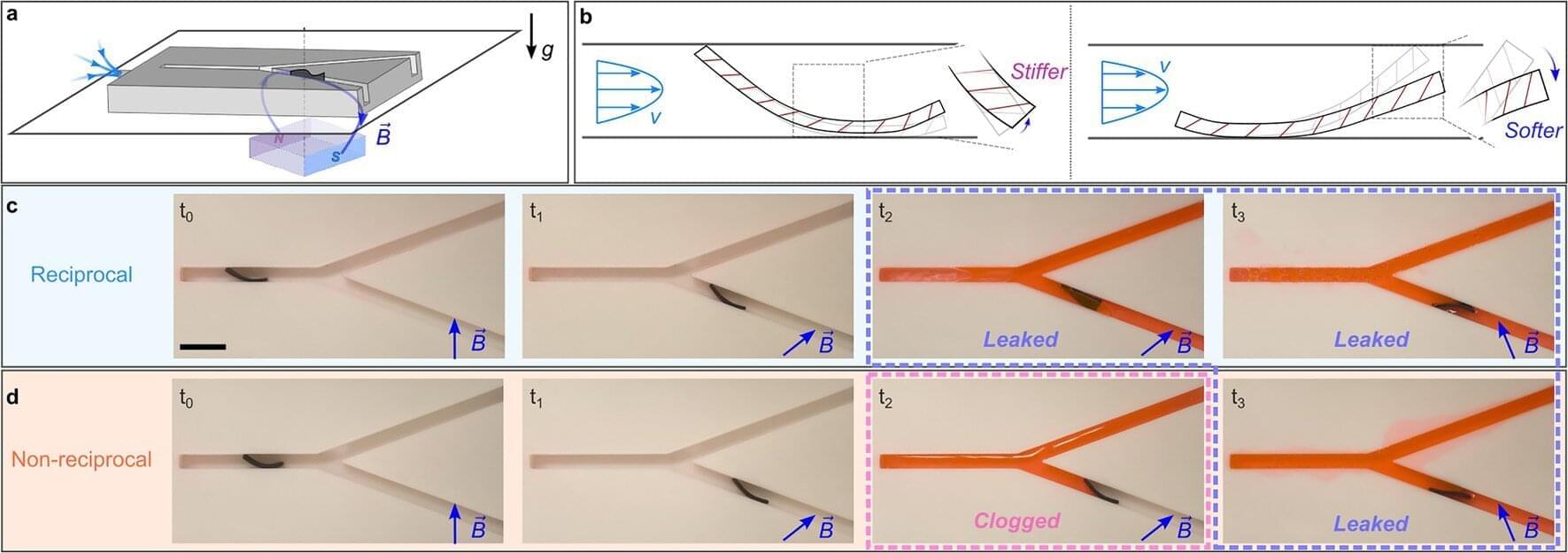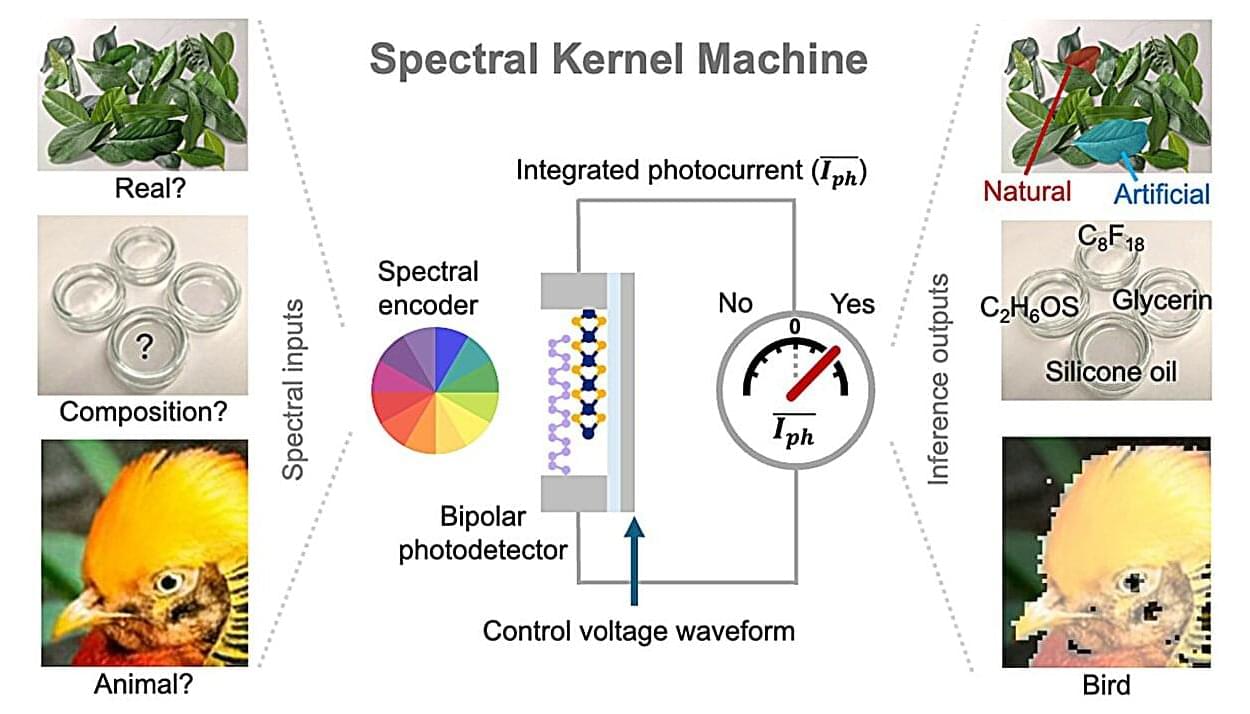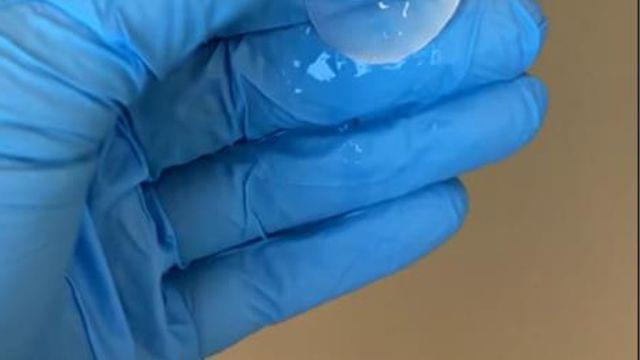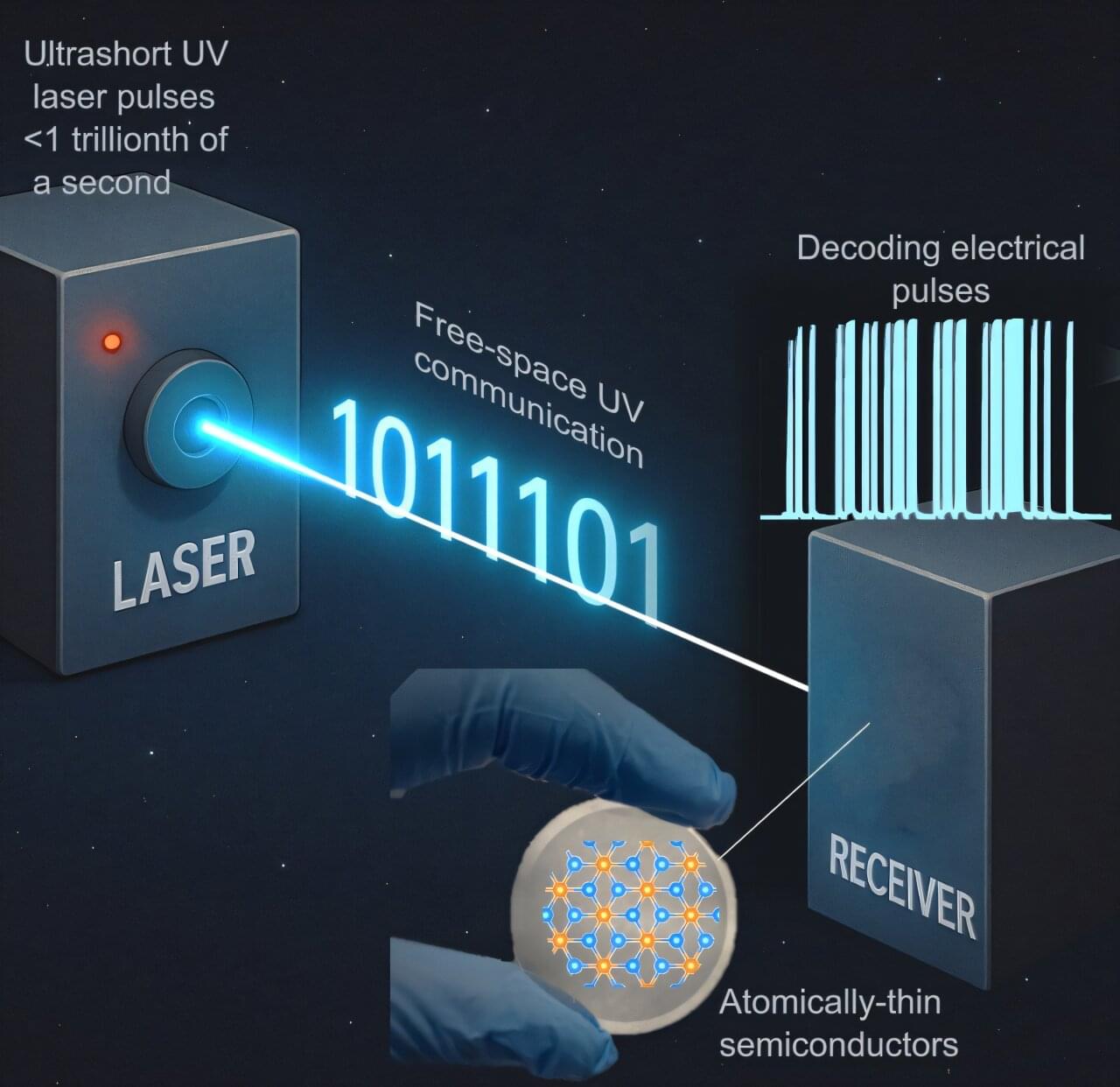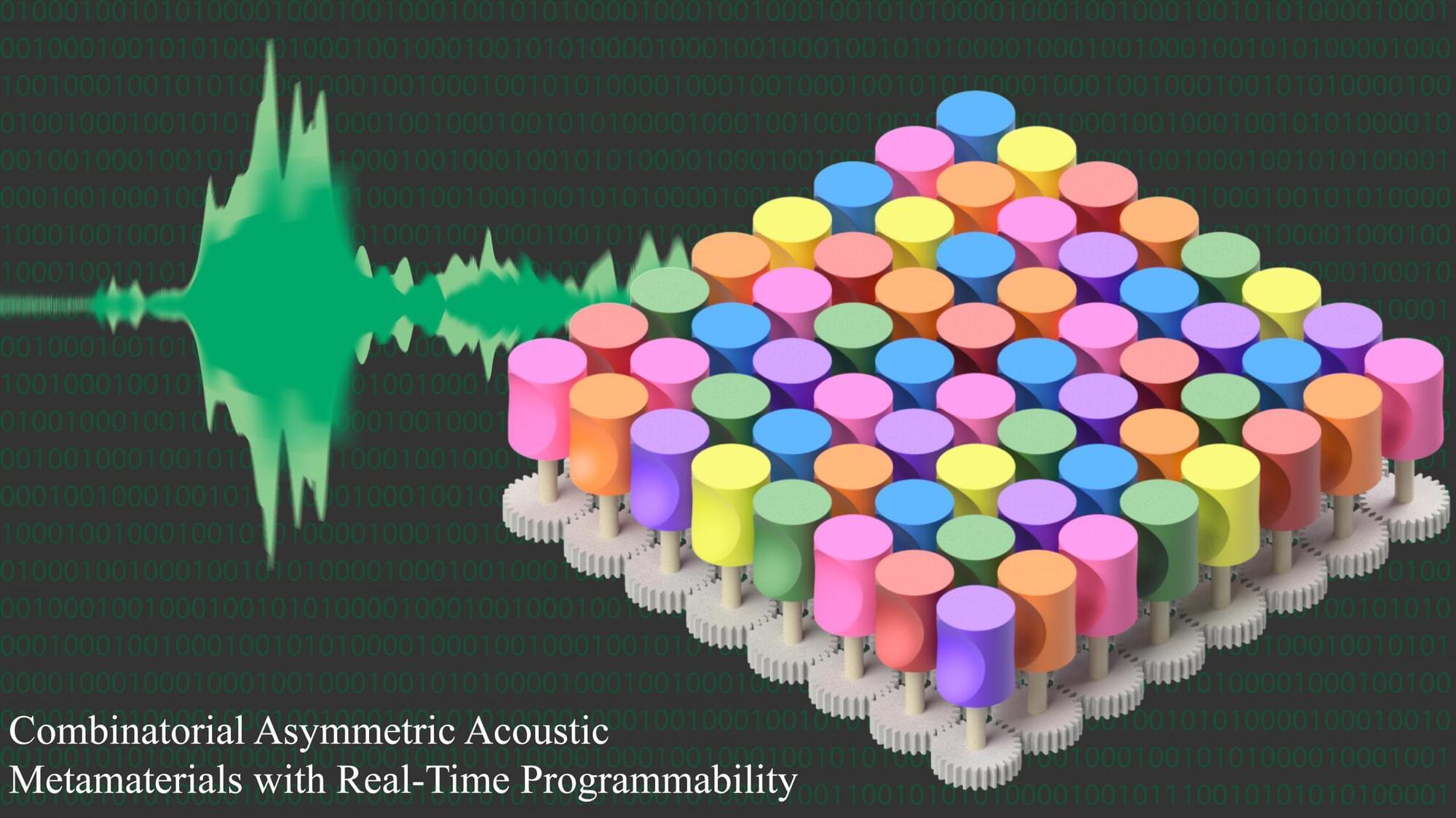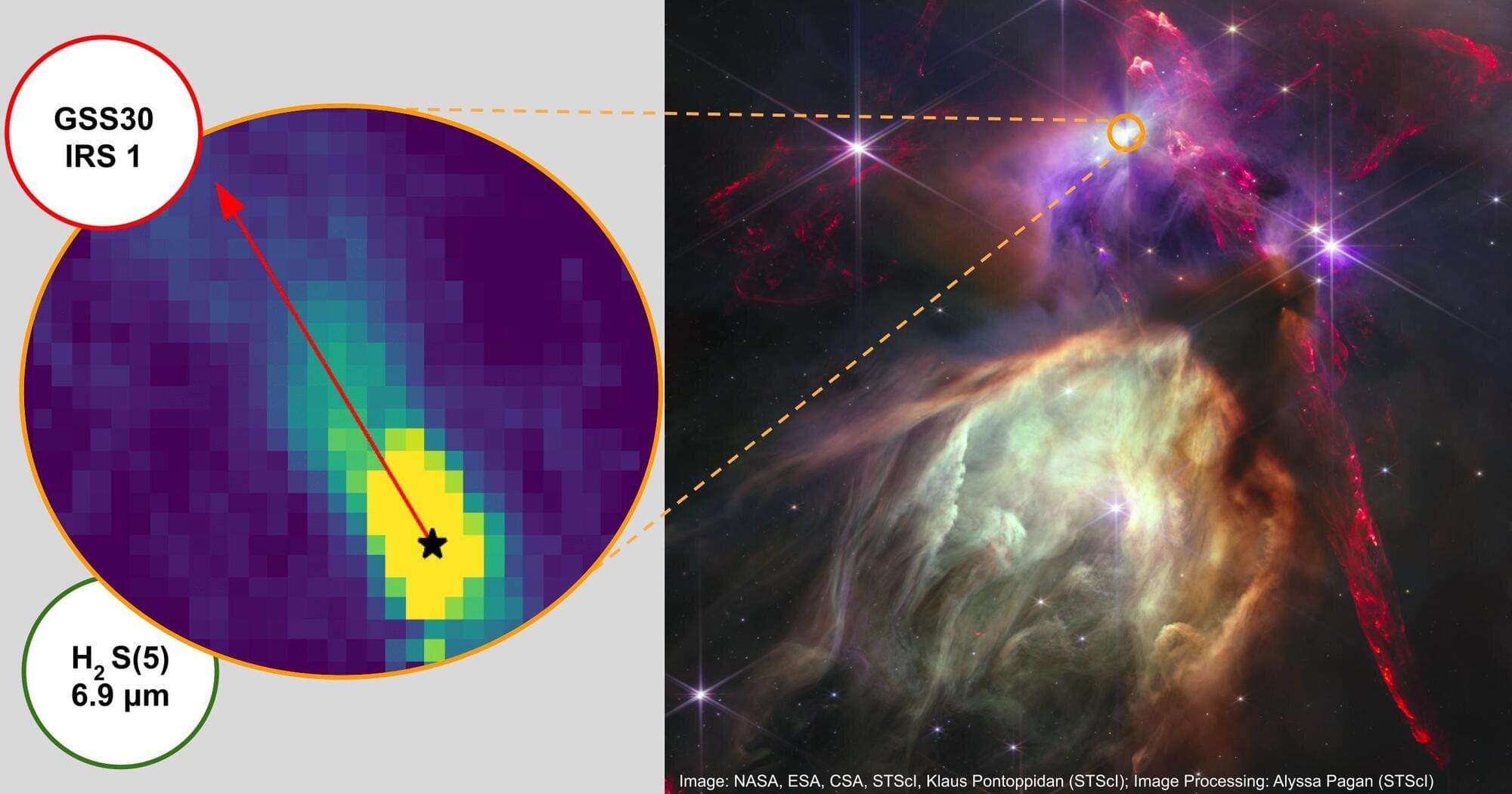A research team has developed soft composite systems with highly programmable, asymmetric mechanical responses. By integrating “shear-jamming transitions” into compliant polymeric solids, this innovative work enhances key material functionalities essential for engineering mechano-intelligent systems—a major step toward the development of next-generation smart materials and devices.
The work is published in the journal Nature Materials.
In engineering fields such as soft robotics, synthetic tissues, and flexible electronics, materials that exhibit direction-dependent responses to external stimuli are crucial for realizing intelligent functions.
